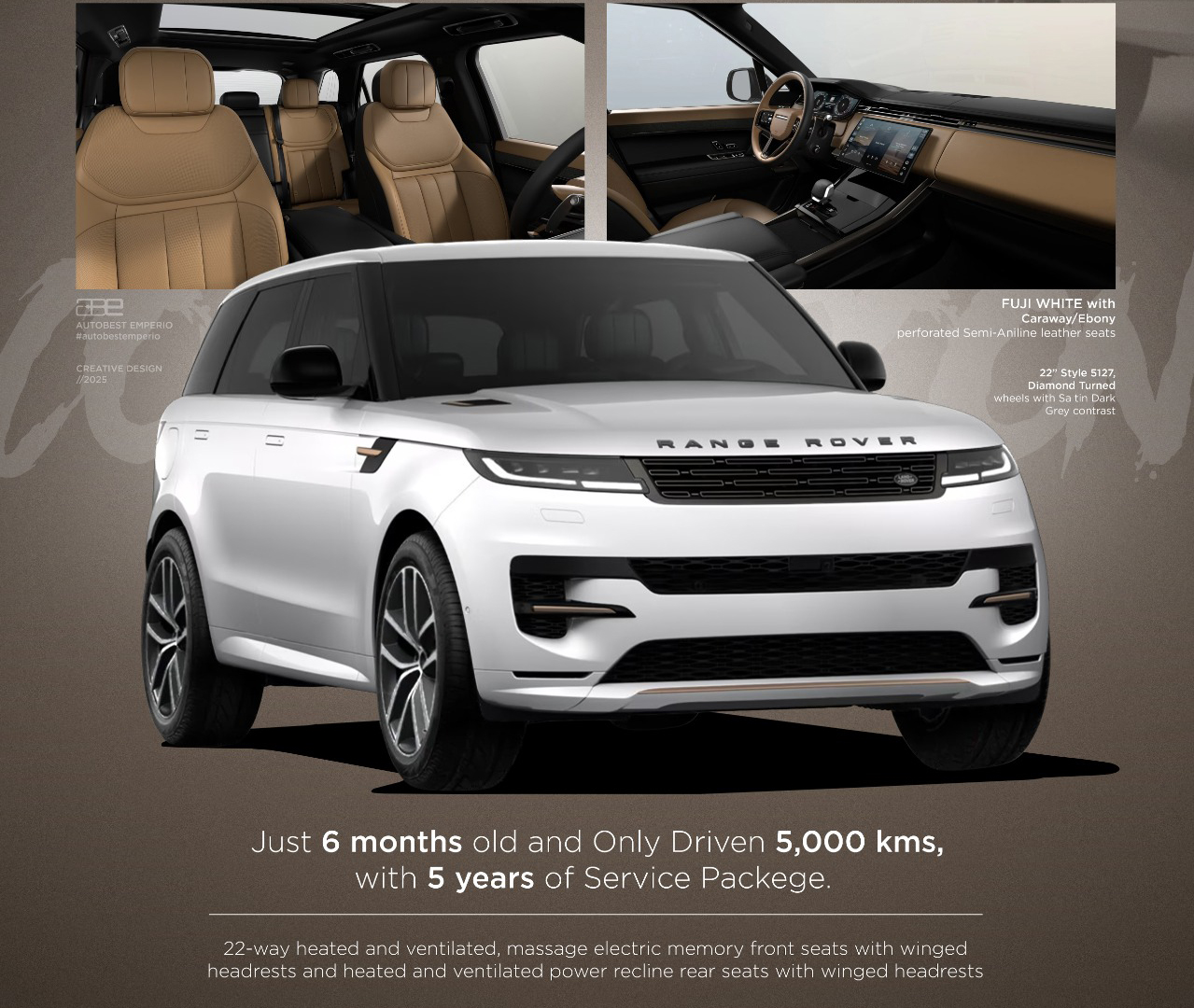The Transformative Impact of Automotive AI on Future Mobility

AI in the Automotive Industry
Automotive Artificial Intelligence (AI) refers to the use of machine learning algorithms and computer systems to perform tasks that traditionally required human intelligence in the context of automotive applications. Automotive AI systems can enable self-driving vehicles, improve driver safety, and enhance the overall driving experience.
The use of artificial intelligence (AI) in the automotive industry has a relatively short but rapidly evolving history. In the 90s the use of AI in the automotive industry was primarily limited to manufacturing processes, such as robotics and automation on the assembly line. : The rise of big data and machine learning allowed automakers to integrate AI in cars on a larger scale. Today, most major automakers are investing heavily in AI research and development, with the goal of making fully autonomous vehicles a reality in the near future.
The automotive industry is experiencing a rapid transformation driven by the adoption of auto artificial intelligence (AI) technologies. Autonomous driving, advanced driver assistance systems, natural language processing, predictive maintenance, and cybersecurity are a few of the current trends and developments related to artificial intelligence in cars.
Artificial Intelligence in Luxury Cars
There are several types of artificial intelligence (AI) in autonomous vehicles. Here are some examples:
-
Rule-based AI: This is a type of AI that uses pre-defined rules to make decisions. For example, a rule-based AI system could be used to control a car's cruise control system by adjusting the speed based on the distance to the vehicle in front.
-
Machine learning: Machine learning algorithms can analyze data from sensors and other sources to make decisions. For example, a machine learning algorithm could be used to predict when maintenance is needed based on data from various sensors.
-
Deep learning: This is a subset of machine learning that uses neural networks to analyze complex data. Deep learning algorithms can be used for tasks such as object recognition, which is important for autonomous driving.
-
Natural language processing: Natural language processing (NLP) allows drivers to communicate with their vehicles using voice commands. NLP algorithms can understand natural language and respond appropriately.
Many current car models already include a range of Artificial intelligence in cars, with new capabilities being added with each model year. The integration of artificial intelligence (AI) in cars involves the use of various sensors, cameras, and other technologies to collect and analyze data, as well as the use of software algorithms to make decisions based on that data.
Also Read:Self-Driving Car in 2023
Benefits of AI-Powered Vehicles
The integration of artificial intelligence (AI) in autonomous vehicles offers several benefits, including improved safety features, increased efficiency, and enhanced user experience. Here's a closer look at each of these benefits:
-
Improved safety features: The presence of AI in cars can improve safety by using sensors and cameras to monitor the vehicle's surroundings, detect potential hazards, and make decisions to avoid accidents. For example, advanced driver assistance systems (ADAS) can use AI to alert drivers to potential dangers, such as lane departures or collisions with other vehicles, and take corrective actions to avoid accidents. Autonomous driving technology can also reduce the risk of human error, which is a leading cause of accidents.
-
Increased efficiency: AI-powered vehicles can also increase efficiency by optimizing driving behaviour and reducing fuel consumption. For example, AI-powered systems can adjust the vehicle's speed and route to reduce traffic congestion and optimize fuel economy. AI-powered predictive maintenance can also help reduce downtime and increase the vehicle's lifespan by detecting issues before they become serious problems.
-
Enhanced user experience: A more personalized and convenient user experience can be observed with the inclusion of automotive AI. For example, voice assistants can be used to control various features of the vehicle, such as the radio, climate control, and navigation, without the need for physical controls. AI-powered personalization can also adjust the vehicle's settings, such as the seat position and temperature, based on the driver's preferences.
Challenges of Implementing AI in the Automotive Industry
While the integration of artificial intelligence (AI) into the automotive industry offers numerous benefits, it also presents several challenges that must be addressed. Here are some of the main challenges of implementing AI in the automotive industry:
-
Technological challenges: One of the main challenges of implementing AI in the automotive industry is developing the necessary hardware and software to support the technology. This requires significant investment in research and development to create reliable and effective AI systems that can operate in complex and dynamic environments.
-
Regulatory challenges: The integration of AI into vehicles raises regulatory challenges related to safety, privacy, and liability. As AI systems become more advanced and capable, regulatory bodies will need to establish clear guidelines and standards for their use to ensure they are safe and secure for drivers and passengers.
-
Security challenges: AI-powered vehicles are vulnerable to cybersecurity threats, such as hacking and malware attacks. These threats can compromise the safety and privacy of drivers and passengers, as well as the integrity of the vehicle's systems. Therefore, robust cybersecurity measures must be put in place to protect against such attacks.
Future of AI in the Automotive Industry
The future of artificial intelligence (AI) in cars is promising, with the technology expected to transform the way we interact with and use vehicles. The future of AI in the automotive industry is full of exciting opportunities and significant challenges. AI in cars is rapidly advancing, and it is expected to revolutionize the way we interact with and use vehicles. This technology has the potential to improve road safety, reduce traffic congestion, and provide greater mobility to people who are unable to drive.
In addition to artificial intelligence in autonomous driving, it will also have a significant impact on other areas of the automotive industry. AI-powered personalization will allow drivers to customize their driving experience, with features such as automatic seat adjustment, climate control, and entertainment systems tailored to their preferences.
However, with these opportunities come significant challenges. The use of AI in the automotive industry will raise significant data privacy concerns, and regulatory bodies will need to establish clear guidelines and standards for data collection and use.
Overall, the future of AI in the automotive industry is exciting, with the technology expected to transform the way we interact with and use vehicles. As the technology continues to evolve, it will be important to address the challenges related to data privacy, cybersecurity, workforce transition, and sustainability to ensure that the benefits of AI are realized for all.
More Blogs to Read:
Difference Between IMT & AMT: Know All About It
Why Buy a Second-Hand Luxury Car?
11 Best Luxury cars in India 2023
The Difference Between Exotic Cars Vs Luxury Cars
FAQs
-
What are the benefits of automotive AI?
Ans: Automotive AI has the potential to greatly improve road safety by reducing human error and improving traffic flow. It can also increase the efficiency of transportation, reduce traffic congestion, and provide greater accessibility for people with disabilities.
-
What are the potential drawbacks of automotive AI?
Ans: One potential drawback of automotive AI is the risk of technology failure, which could lead to accidents. Another concern is the potential loss of jobs for drivers and other workers in the transportation industry. Additionally, there are concerns about data privacy and security.
-
What are some challenges to implementing automotive AI?
Ans: Some challenges to implementing automotive AI include the cost of development and implementation, the need for extensive testing and validation, and the need for a supportive infrastructure such as high-quality data networks and charging stations for electric vehicles.

 By Admin
By Admin









